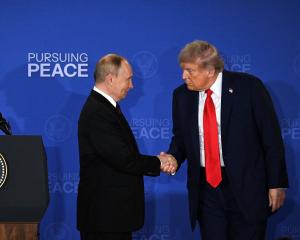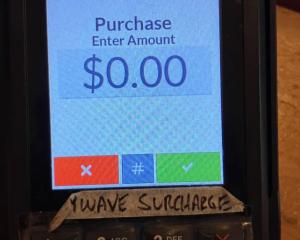
Part three is in the form of scenario analysis to try to establish where we are currently and possible future trajectories, capable of being revisited when new information becomes available. This is an important tool in corporate and military preparedness.
Until a year ago, when asked about places in the Ukraine, most people would have been able to respond with Kyiv and Odesa and probably Chernobyl. The first may have related to the siege and battle of Kyiv by the Germans in World War 2, referred to as "the largest annihilation of mankind", but more likely to have been due to knowing the strikingly impressive segment "The Great Gate of Kiev" in Mussorgsky’s Pictures at an Exhibition.
Odessa would be remembered from The Odessa File, a novel by Frederick Forsyth and subsequent thriller movie. Many people thought that Chernobyl was in Russia, largely because at the time of the nuclear disaster the Ukraine was still part of the Union of Soviet Socialist Republics, or the USSR, often loosely referred to as "Russia"as control was centred in Moscow. Because of the Cold War and Iron Curtain, the Ukraine was not part of the European Grand Tour, especially by Americans.
So, apart from it having previously been closely associated with Russia, why would President Vladimir Putin consider entering a conflict with the Ukraine, under President Volodymyr Zelenskiy?
Ukraine covers a total land area of 605,628sq km and had a population of about 44 million people, of which about 5 million have left as refugees since the invasion by the Russian military in February 2022. The capital is Kyiv, which is also the largest city, through which flows the Dnieper river, flowing down the middle of the country to the Black Sea. This and other rivers have dams, many producing hydro-electric power.
The official language in the country is Ukrainian but Russian is the second-most prevalent language, with semi-official status in the eastern part of the country, particularly in the highly industrialised and polluted region known as the Donetsk Basin, or Donbas. Apart from Russia, including the annexed Crimean Peninsula, the Ukraine shares borders with Belarus,Poland, Slovakia, Hungary, Romania and Moldova, countries that have previously been either part of the USSR or so-called satellite states with communist regimes with allegiance to Russia. Belarus, Romania and Moldova are considered allies of Russia even today. Moldova is a land-locked country encircled by the Ukraine and Belarus, being cut off from the Black Sea by an unusual coastal spur from the Ukraine to the delta of the Danube that it shares with Romania.
A reasonably well-known fact is that the Ukraine, as demarcated following the break-up of the USSR, is the largest country by land area wholly within Europe and, of European countries, is second only to Russia which includes both Europe and Asia. It is twice the size of Italy and about twice the size of New Zealand.
The Ukraine has the Carpathian mountains in the southwest which is where nearly all of the timber-producing forests are. They also form a bulwark between the Ukraine and Romania, Hungary and Slovakia. Almost 95% of the land is well suited for agriculture, being relatively flat with rich, fertile black soil. It has been one of the major sources of wheat for Europe, with suggestions that its contribution could have been as high as 40% of wheat imported by the European Union and is sometimes called the "breadbasket of Europe". It was also the world’s largest producer of sunflower seeds. Agriculture is Ukraine’s leading industry.
The land size and agricultural capability on their own would make the Ukraine a prize worth having, as long as the cost involved was not too high. Add to that the fact that the southern leg of the Druzhba oil pipeline from Russia to Europe passes through Ukraine delivering oil to Hungary, Slovakia and the Czech Republic, giving the Ukraine significant leverage in negotiations between Russia and the European Union. Also, the Ukraine has nuclear energy at more than half its energy production, one of the highest proportions of any country and is/was the world’s seventh-highest producer. This, together with abundant coal mines, allowed the country to be a large steel producer, with iron and steel as the country’s second-leading industry. While some of the political history of the Ukraine, such as the three-century rule by Lithuania and Poland and being the birthplace of Lenin may be interesting, it is the relationship with Russia, especially from the 1920s, leading to being part of the USSR and forced "Russification" after World War 2 that may provide some insights for possible future trajectories, to be discussed in part three.
One last important point: the distance from Kyiv to Moscow is 750km. Would you, as president of the largest country in the world and the most populous country in Europe, be happy to have a neighbour with nuclear capability that close and not an ally or, worse, allied to your most vehement detractors?
- Liston Meintjes is an independent consultant and analyst of business, economics and markets, with many years’ experience in the investment industry.











